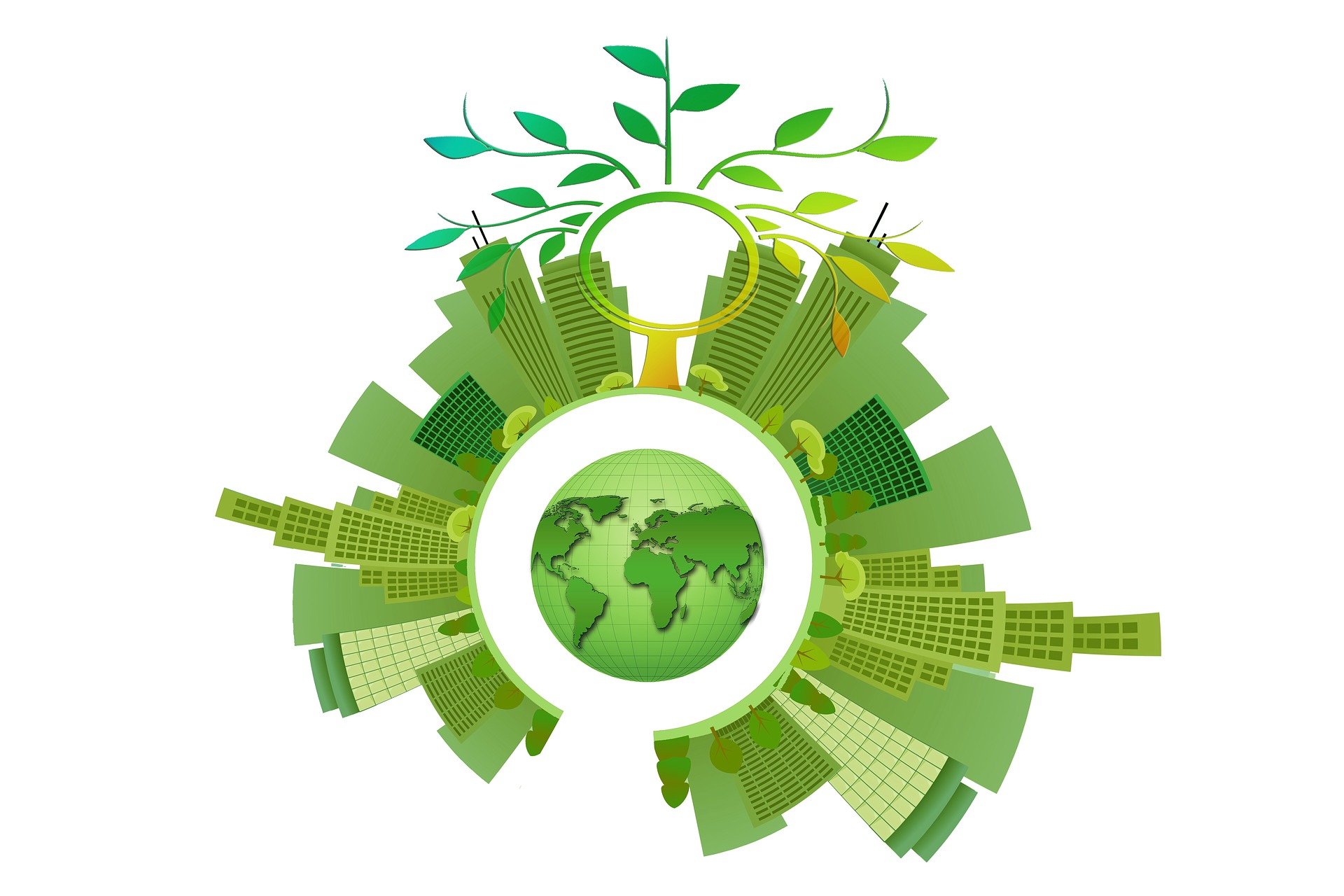Green Building: Sustainable and Eco-Friendly Construction Practices
Green building, also known as sustainable or eco-friendly construction, is an approach to designing, constructing, and maintaining buildings that prioritizes environmental responsibility, resource efficiency, and occupant well-being. As climate change and environmental concerns become increasingly pressing, green building practices have gained significant traction in the construction industry. In this article, we will explore the concept of green building, discuss its key principles, and highlight the benefits of adopting sustainable construction practices. We will also provide useful resources and examples of green building projects by DiFilippo Construction.
What is Green Building?
Green building is a holistic approach to construction that aims to minimize the environmental impact of buildings while promoting human health and well-being. This is achieved by considering the entire life cycle of a building, from design and construction to operation and eventual demolition or deconstruction. Key aspects of green building include:
- Energy efficiency
- Water conservation
- Waste reduction and recycling
- Use of sustainable and environmentally-friendly materials
- Indoor environmental quality
- Site selection and land use
Key Principles of Green Building
There are several guiding principles that form the foundation of green building practices. These principles ensure that the construction process minimizes its impact on the environment and maximizes the benefits for occupants:
1. Energy Efficiency
Green buildings prioritize energy efficiency by incorporating various design features and technologies that minimize energy consumption. This includes using high-performance windows, insulation, and HVAC systems, as well as incorporating renewable energy sources like solar panels or wind turbines. By reducing energy consumption, green buildings can significantly decrease greenhouse gas emissions and reliance on non-renewable energy sources. Learn more about energy-efficient building practices at DiFilippo Construction.
2. Water Conservation
Water is a valuable and finite resource, and green building practices aim to reduce water consumption through efficient plumbing fixtures, water-saving appliances, and water-smart landscaping. Rainwater harvesting and greywater recycling systems can also be implemented to further reduce water waste. The EPA’s WaterSense program offers resources and information on water-efficient products and practices.
3. Waste Reduction and Recycling
Green building practices focus on reducing construction and operational waste, as well as promoting recycling and reuse. This can be achieved through efficient material procurement and handling, on-site recycling and composting, and the use of recycled or reclaimed materials. Deconstruction and salvage of existing structures can also help minimize waste and provide valuable materials for new projects. Learn about DiFilippo Construction’s waste management and recycling practices.
4. Sustainable Materials
The use of sustainable, eco-friendly materials is a crucial component of green building. This involves selecting materials that have a low environmental impact, are produced using responsible practices, and have low levels of toxins or pollutants. Examples of sustainable materials include recycled steel, reclaimed wood, bamboo, and low VOC (volatile organic compounds) paints and finishes. Learn more about sustainable materials used by DiFilippo Construction in their projects.
5. Indoor Environmental Quality
Green buildings prioritize indoor environmental quality (IEQ) to ensure the health and well-being of occupants. This includes providing proper ventilation, using materials with low VOC emissions, and ensuring adequate natural light and thermal comfort. By creating a healthy indoor environment, green buildings can enhance productivity, reduce absenteeism, and improve overall occupant satisfaction. Read more about how DiFilippo Construction incorporates IEQ principles in their projects.
6. Site Selection and Land Use
Green building practices also consider the environmental impact of site selection and land use. This involves choosing locations that are easily accessible by public transportation, have existing infrastructure, and avoid sensitive ecosystems or habitats. Smart site design can minimize soil erosion, protect water resources, and preserve natural vegetation. Learn about DiFilippo Construction’s sustainable site design approach.
Benefits of Green Building
Adopting green building practices offers numerous benefits for building owners, occupants, and the environment. Some of the key advantages include:
- Reduced energy and water consumption
- Lower operating and maintenance costs
- Improved occupant health and well-being
- Enhanced property value and marketability
- Reduced environmental impact and resource depletion
By choosing sustainable construction practices, you are not only contributing to a healthier environment but also creating a better living and working space for occupants.
Green Building Resources
There are numerous resources available to learn more about green building practices and certifications. Some of the most well-known organizations and programs include:
- LEED (Leadership in Energy and Environmental Design) – A widely recognized green building certification program developed by the U.S. Green Building Council.
- Green Building Initiative (GBI) – A nonprofit organization that promotes green building through education, certification, and advocacy.
- International Living Future Institute – An organization that offers the Living Building Challenge, a rigorous green building certification program focused on creating regenerative and restorative built environments.
Embracing Green Building with DiFilippo Construction
DiFilippo Construction is committed to implementing sustainable and eco-friendly building practices in both residential and commercial projects. By partnering with us, you can ensure that your construction project aligns with green building principles and contributes to a healthier, more sustainable future. Contact us today to discuss your green building needs and learn more about our services.

